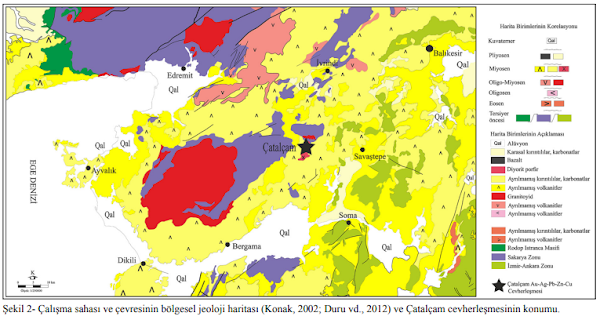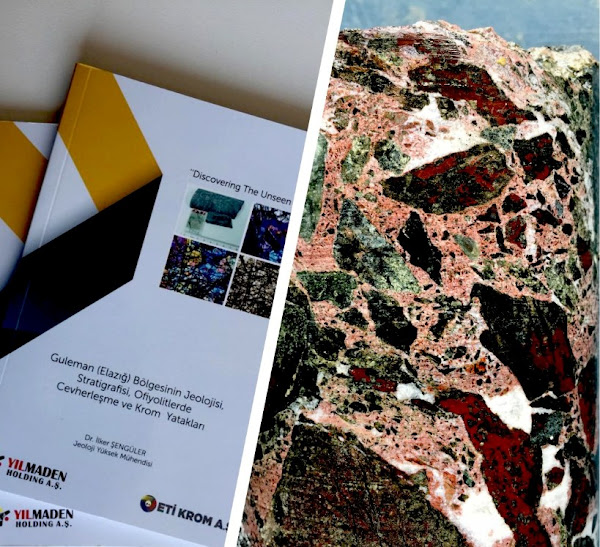Tectonic Triggers for Postsubduction Magmatic-Hydrothermal Gold Metallogeny in the Late Cenozoic Anatolian Metallogenic Trend, Türkiye
Tectonic Triggers for Postsubduction Magmatic-Hydrothermal
Gold Metallogeny in the Late Cenozoic Anatolian Metallogenic Trend, Türkiye
Fabien Rabayrol, Craig J.R. Hart, and Robert A. Creaser
The newly defined, 1,500-km-long, late Cenozoic Anatolian metallogenic trend of Turkey is the central segment of the western Tethyan metallogenic belt and formed after the closure of the southern Neotethys Ocean. Mineral deposit discoveries along this trend show that the Oligocene to Miocene igneous units are highly prospective for gold-rich porphyry- and epithermal-style mineralization (~27 Moz) but that copper endowment is poor. However, the temporal and spatial constraints on late Cenozoic gold districts and isolated prospects and their tectonic affinity are poorly known, despite recent efforts. We herein provide new U-Pb and Re-Os age data and field observations from Miocene gold prospects and deposits throughout the Anatolian trend, which we interpret together with previously published age data in the region.
We define
nine new porphyry and epithermal districts: Simav, I˙zmir, Us¸ak, Bodrum,
Konya, Aksaray, Kayseri, Tunceli, and Ag˘ri. Gold-rich porphyry and epithermal
systems peaked at (1) 25 to 17 Ma in eastern Anatolia, (2) 21 to 9 Ma in
western Anatolia, and (3) 10 to 3 Ma in central Anatolia. The westward
migration of porphyry and epithermal mineralization from eastern to central
Anatolia is interpreted to reflect slab break-off propagation and gap opening
after the onset of the Arabian continental collision. Conversely, the
southwestward migration of the magmatic front and associated mineralization in
western Anatolia resulted from the acceleration of the Aegean slab rollback and
subsequent lateral tearing (15–8 Ma). Thus, the bulk of gold mineralization formed
in response to the slab segmentation and thermal events at 25 and 15 Ma.
KAYNAKLAR






Yorumlar
Yorum Gönder